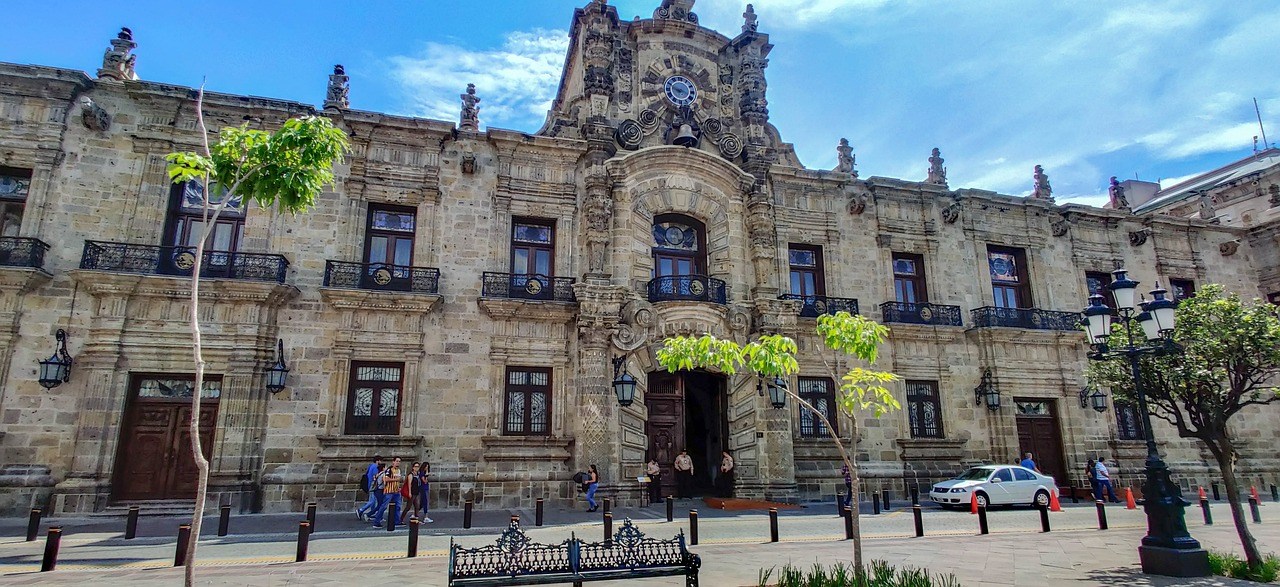Graz weather is a topic of interest for many people, as the city is known for its unique climate. Graz is the second-largest city in Austria, located in the southeast part of the country, and has a population of over 300,000 people. The city is situated in the foothills of the Eastern Alps, which means that it has a unique climate that is influenced by both the mountains and the Mediterranean.
One of the most notable features of Graz weather is its high levels of precipitation. The city receives an average of around 800mm of precipitation per year, with the majority of it falling as rain. This is due to the city’s proximity to the Mediterranean, which causes the formation of heavy clouds and storms. Additionally, the Eastern Alps act as a barrier, trapping the moisture from the Mediterranean and causing it to fall as rain in Graz.
Another interesting aspect of Graz weather is its relatively mild temperatures. Due to its location in the foothills of the Eastern Alps, Graz has a temperate climate with warm summers and cool winters. The average temperature in the summer is around 25°C (77°F), while in the winter it is around 2°C (36°F). The city also experiences moderate levels of humidity, which can make the heat feel more oppressive during the summer months.
| Month | Low (°C) | High (°C) | Low (°F) | High (°F) | Rain (%) |
|---|---|---|---|---|---|
| January | -1 | 4 | 30 | 39 | 70 |
| February | -1 | 5 | 30 | 41 | 65 |
| March | 2 | 10 | 36 | 50 | 55 |
| April | 5 | 13 | 41 | 55 | 45 |
| May | 9 | 18 | 48 | 64 | 35 |
| June | 12 | 22 | 54 | 72 | 30 |
| July | 14 | 25 | 57 | 77 | 25 |
| August | 14 | 24 | 57 | 75 | 30 |
| September | 11 | 20 | 52 | 68 | 35 |
| October | 8 | 15 | 46 | 59 | 40 |
| November | 49 | 39 | 48 | 50 | |
| December | 1 | 6 | 34 | 43 | 60 |
When it comes to the best time to visit Graz, it really depends on what you’re looking for. If you’re a fan of warm weather and sunshine, the summer months of June, July, and August are ideal. The temperatures are warm, and there is plenty of sunshine to enjoy. However, it is also the peak tourist season, so expect crowds and high prices.
If you prefer cooler weather and fewer crowds, the shoulder seasons of spring and fall are a great option. The temperatures are mild, and the city is less crowded, which makes it easier to explore. Additionally, the fall is a great time to visit if you’re a fan of the changing leaves and crisp autumn air.
The winter months can also be a great time to visit Graz, especially if you’re a fan of winter sports. The city is located in the foothills of the Eastern Alps, which means that it’s a great base for skiing, snowboarding, and other winter activities. Additionally, the city is beautifully decorated for the holidays, with a charming Christmas market and other festive events.
However, if you’re not a fan of the cold and snow, the winter months may not be the best time to visit. The temperatures can be quite chilly, and the city can be quite gray and gloomy due to the high levels of precipitation.
Overall, Graz weather offers a diverse range of climates and conditions throughout the year, and the best time to visit depends on your personal preferences. Whether you prefer warm summers, mild shoulders seasons, or winter sports, Graz has something to offer. So, plan your trip accordingly and enjoy the unique weather of Graz.



